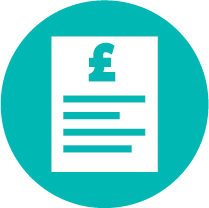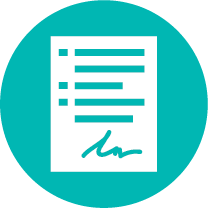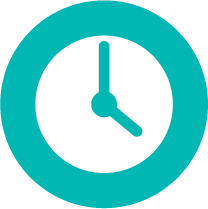CBT for health anxiety and other disorders has a proven track record of success. Cognitive Behavioural Therapy (CBT) is usually provided weekly or twice-weekly and lasts for 10 to 20 weeks. More intensive/frequent outpatient care, for example 10 to 20 hours in a week, may also be provided for some conditions depending on therapist availability. All treatments can be done alongside medication.
Once the main treatment is completed, clients are usually offered two to three booster sessions over the following three months to maintain therapeutic gains. Professor Veale can assess for medication and other non-pharmacological therapies that are evidence based including wake and light therapy, exercise, dietary interventions or Transcranial Magnetic Stimulation (TMS).
How CBT Works for Health Anxiety
CBT for health anxiety specifically focuses on breaking the cycle of worry about health and bodily sensations. People with health anxiety often misinterpret normal bodily functions or minor symptoms as signs of serious illness. This leads to excessive checking (such as body scans, frequent doctor visits, and online symptom searching) and seeking reassurance from others, which paradoxically maintains and intensifies anxiety.
The therapy aims to help individuals recognize these patterns and understand how their responses, such as checking or reassurance-seeking, reinforce their fears and keep their anxiety alive. By addressing these behaviors, CBT empowers the person to make meaningful changes that reduce their distress and improve their quality of life.
The CBT Process for Health Anxiety
The first step in CBT is to understand the processes that maintain health anxiety. For instance, individuals may struggle with a need for certainty about their health, leading to compulsive behaviors like checking their body for signs of illness or repeatedly seeking medical opinions. These behaviors temporarily relieve anxiety but ultimately reinforce it by creating an ongoing cycle of worry and doubt.
Next, CBT focuses on testing out whether this need for certainty is worsening the problem. A person with health anxiety will be encouraged to experiment with reducing their checking behaviors, tolerating uncertainty, and observing what happens to their anxiety over time. This may include delaying or resisting the urge to seek reassurance and noticing the natural reduction in anxiety that can follow.
Techniques Used in CBT for Health Anxiety
CBT for health anxiety may integrate various therapeutic approaches to strengthen its effectiveness, such as:
-
- Compassion-Focused Therapy (CFT): Helps individuals develop a kinder, more understanding attitude toward themselves when they experience anxiety or health-related worries.
-
- Imagery Rescripting: Allows individuals to reframe distressing health-related thoughts or memories in a way that reduces their impact.
- Eye Movement Desensitization and Reprocessing (EMDR): Although typically used for trauma, EMDR can help with processing and reducing distress from past health scares or medical traumas.
The Importance of Practice and Patience
As with any learning process, CBT requires time, courage, and consistent practice. The therapist acts as a guide and supporter, but much like seeing a physiotherapist for physical recovery, individuals must actively engage in the therapeutic exercises. This involves testing predictions about their health








